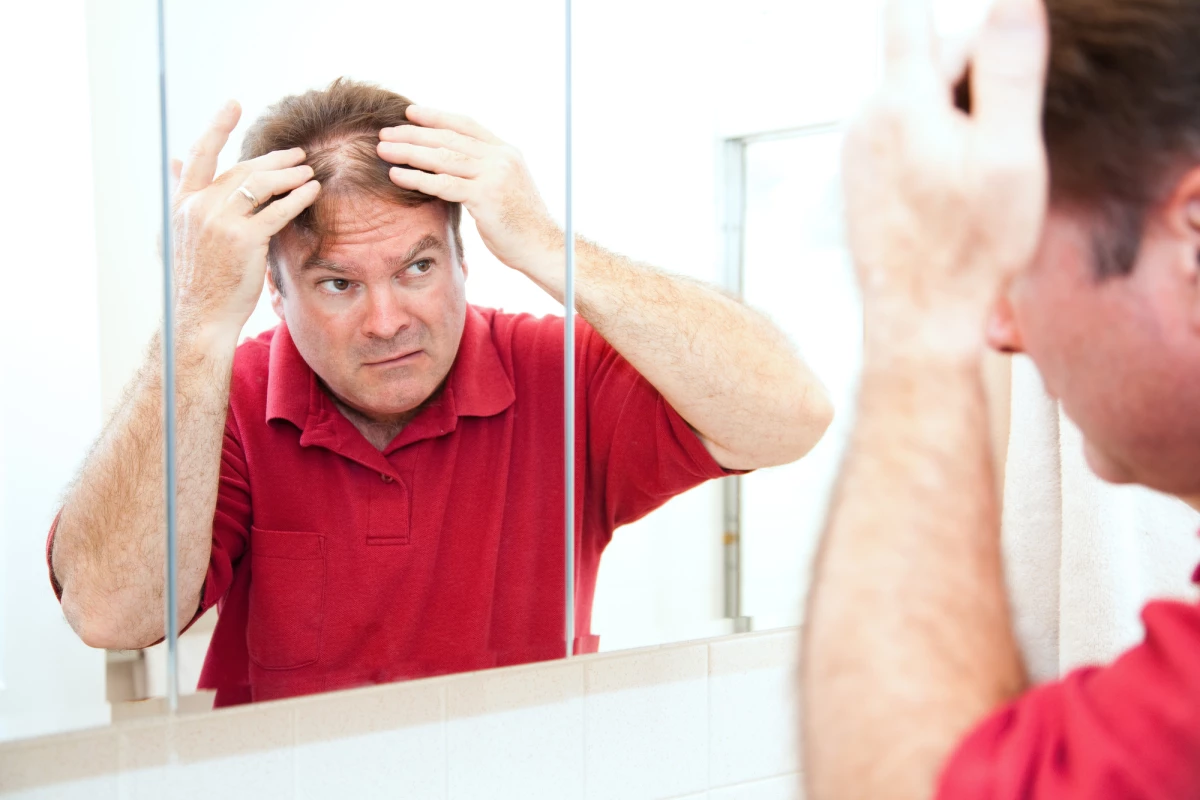Researchers have successfully stimulated hair growth in mice using microRNA to genetically manipulate hair follicle stem cells, meaning that balding pate may one day be sporting a mane of luscious locks.
Like other parts of our body, when we age, our hair follicle stem cells stiffen, making it harder for them to produce hair. Over time, almost everyone experiences some degree of hair loss. All sexes lose their hair for a variety of reasons, including hereditary traits, hormonal and thyroid disorders and nutritional deficiencies.
Hair follicles have a niche for mature stem cells, called a “bulge”, near the hair root. These stem cells help regenerate epidermal (skin) cells and the structure of hair follicles and sebaceous glands, the glands that produce oil (sebum). Follicular stem cells can remain in their niche, regenerating themselves, but they can also move to the bottom of the follicle, becoming hair germ progenitor cells that can differentiate to form a hair follicle and the hair stem.
Researchers from Northwestern University, Illinois, first examined mice to determine what was happening on a cellular level with hair follicle stem cells (HFSCs) and hair germ cells. They observed that the HFSCs were stiff compared with the hair germ progenitor cells, which were relatively soft and mechanically dynamic.
They then determined whether the cells’ behavior was associated with gene expression and found that a particular microRNA, miR-205, was one of the most highly expressed microRNAs in hair germ progenitor and skin stem cells. MicroRNAs (miRNAs) are small, single-stranded, non-coding molecules of RNA that play an important role in regulating gene expression. That is, whether a particular gene is making too much, too little, or the right amount of its protein at a particular time.
After genetically stimulating the mice’s stem cells to produce more miR-205, the softer hair germ cells became more sensitive and rapidly mobilized to initiate hair follicle regeneration, promoting hair growth in young and old mice.
“They started to grow hair in 10 days,” said Rui Yi, corresponding author of the study. “These are not new stem cells being generated. We are stimulating the existing stem cells to grow hair. A lot of times we still have stem cells, but they may not be able to generate hair.”
Now that they’ve demonstrated that it’s possible to stimulate hair growth, the researchers plan on extending their research.
“Our study demonstrates the possibility of stimulating hair growth by regulating cell mechanics,” Yi said. “Because of the potential to deliver microRNA by nanoparticles directly into the skin, next we will test whether topically delivered miR-205 can stimulate hair growth first in mice. If successful, we will design experiments to test whether this microRNA can promote hair growth potentially in humans.”
The study was published in the journal PNAS.
Source: Northwestern University





